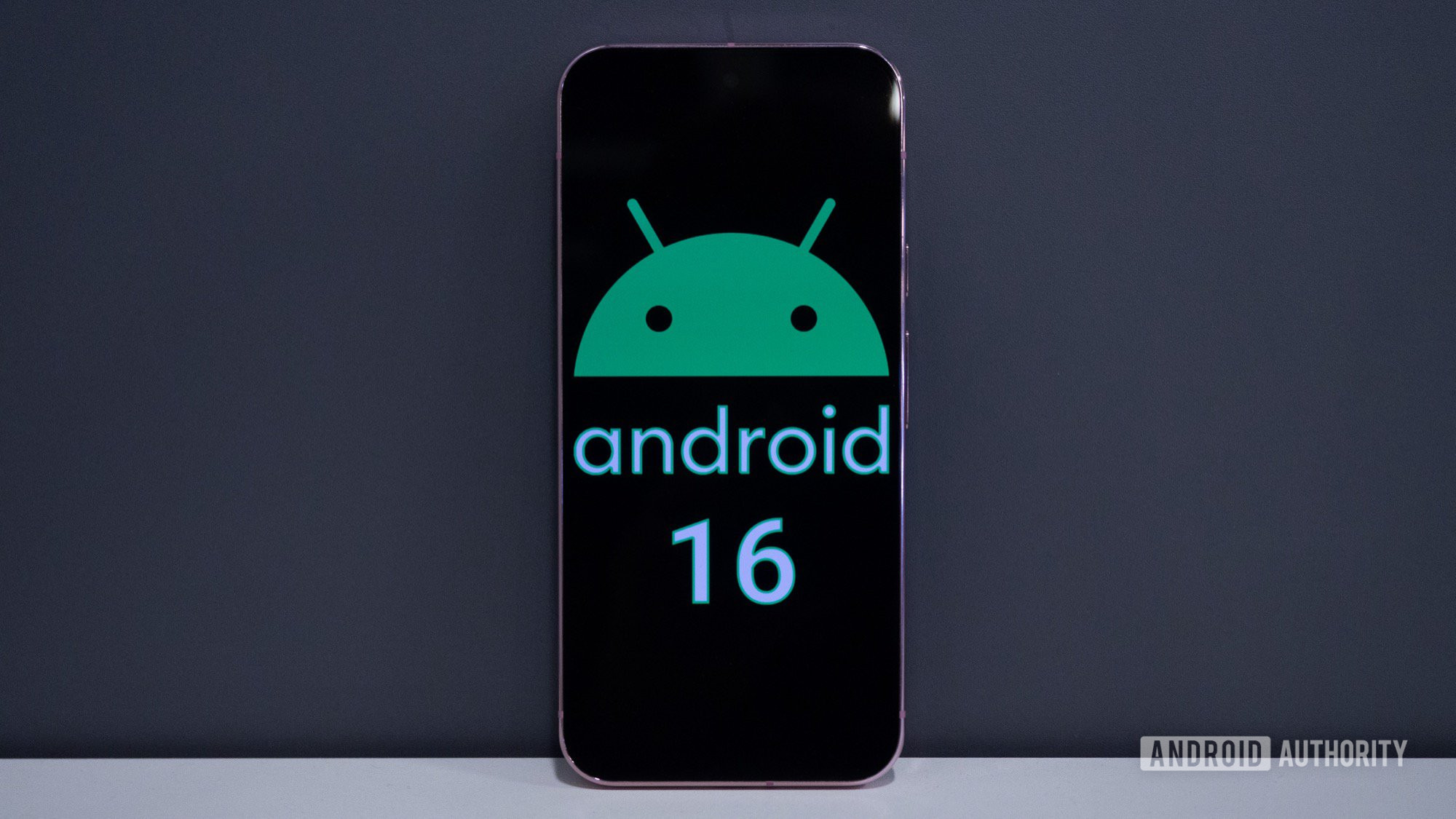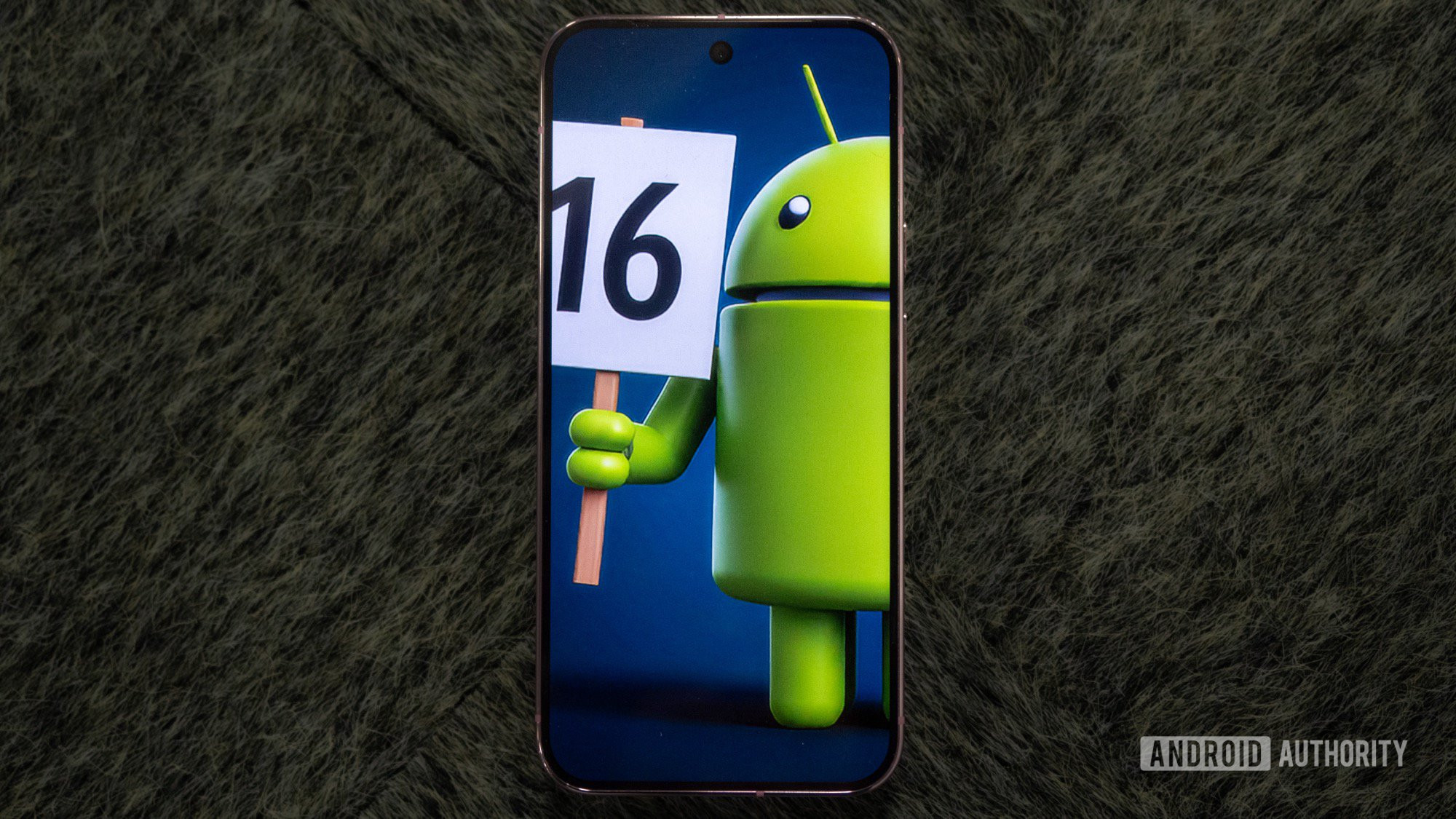Tech
Google confirms Android 16 is coming earlier than usual, developer preview begins soon

TL;DR
- Google has announced that the next major release of Android, i.e. Android 16, will launch in Q2 of 2025.
- That means Android 16 will be released sometime in April, May, or June of 2025.
- In comparison, the last three major Android releases launched in August, September, or October, meaning Android 16 is coming much earlier than expected.
In a major shift of its release cycle, Google has revealed that Android 16 will be released in Q2 of 2025, confirming my report from late last month. Android 16 is the name of the next major release of the Android operating system, and its release in Q2 marks a significant departure from the norm. Google typically pushes out a new major release of Android in Q3 or Q4, but the company has decided to move next year’s major release up by a few months so more devices will get the update sooner.
Revisiting the history of Android version releases shows just how atypical a Q2 release is for Android. August, September, and October are the three months when Google most commonly pushes out a new major release of Android. In fact, you have to go all the way back to 2012 to find an Android version (4.1 Jelly Bean) that wasn’t released during those three months.
| Android Version | Code-name | Release Date |
|---|---|---|
| Android Version
Android 16 |
Code-name
Baklava |
Release Date
Q2 2025 |
| Android Version
Android 15 |
Code-name
Vanilla Ice Cream |
Release Date
September 3, 2024 |
| Android Version
Android 14 |
Code-name
Upside Down Cake |
Release Date
October 4, 2023 |
| Android Version
Android 13 |
Code-name
Tiramisu |
Release Date
August 15, 2022 |
| Android Version
Android 12 |
Code-name
Snow Cone |
Release Date
October 4, 2021 |
| Android Version
Android 11 |
Code-name
Red Velvet Cake |
Release Date
September 8, 2020 |
| Android Version
Android 10 |
Code-name
Quince Tart |
Release Date
September 3, 2019 |
| Android Version
Android 9 |
Code-name
Pie |
Release Date
August 6, 2018 |
| Android Version
Android 8.0 |
Code-name
Oreo |
Release Date
August 21, 2017 |
| Android Version
Android 7.0 |
Code-name
Nougat |
Release Date
August 22, 2016 |
| Android Version
Android 6.0 |
Code-name
Marshmallow |
Release Date
October 5, 2015 |
| Android Version
Android 5.0 |
Code-name
Lollipop |
Release Date
November 12, 2014 |
| Android Version
Android 4.4 |
Code-name
KitKat |
Release Date
October 31, 2013 |
| Android Version
Android 4.1 |
Code-name
Jelly Bean |
Release Date
July 9, 2012 |
| Android Version
Android 4.0 |
Code-name
Ice Cream Sandwich |
Release Date
October 18, 2011 |
| Android Version
Android 3.0 |
Code-name
Honeycomb |
Release Date
February 22, 2011 |
| Android Version
Android 2.3 |
Code-name
Gingerbread |
Release Date
December 6, 2010 |
| Android Version
Android 2.2 |
Code-name
Froyo |
Release Date
May 20, 2010 |
| Android Version
Android 2.0 |
Code-name
Eclair |
Release Date
October 27, 2009 |
| Android Version
Android 1.6 |
Code-name
Donut |
Release Date
September 15, 2009 |
| Android Version
Android 1.5 |
Code-name
Cupcake |
Release Date
April 27, 2009 |
| Android Version
Android 1.1 |
Code-name
Base11 |
Release Date
February 9, 2009 |
| Android Version
Android 1.0 |
Code-name
Base |
Release Date
September 23, 2008 |
There was nothing ever forcing Google to release major versions of Android in Q3 or Q4 each year, but it’s been the norm for so long that the release cadence just kind of settled in. Of course, Google does need time to plan, implement, and test whatever new features and APIs it wants to include in the next major release of Android. It also needs to leave some time for app developers to try out the new changes and APIs before the public release. However, there’s no technical reason that Google can’t just do more minor releases of Android instead of putting everything into a single big update.
Why is Google releasing Android 16 earlier than usual?
Rita El Khoury / Android Authority
The main reason Google hasn’t done just that is because it didn’t want to overwhelm app developers and OEMs, both of whom might struggle to keep up with a faster release cycle. Android’s existing yearly release cycle is predictable, which benefits the app developers and OEMs who are most impacted by it, but it’s also problematic for two reasons.
First, it means the best Android phones and the best Android tablets cannot launch earlier than Q3 of any given year. OEMs are not allowed to launch devices running the latest version of Android until that version has been publicly released to AOSP, not even if Google already gave them the source code months prior to the public release.
If an OEM wants to launch a new flagship device before the public release of the next major version of Android, then it has to ship it with the previous version of Android, which is exactly what Google itself was forced to do when it launched the Google Pixel 9 series. That might not even be possible for many OEMs to do since the new flagship chipsets that silicon vendors release each year are only built to support that year’s major release of Android. The Snapdragon 8 Elite and MediaTek Dimensity 9400, for example, launched with support for only Android 15.
The second major issue with Android’s existing yearly release cycle is that it slows down how often Google can push out new framework APIs and fix issues with existing APIs. If Google wants to introduce some new API in the next version that can’t be pushed out via a Project Mainline update or through Google Play Services, then it has to do so before the cutoff happens, which is typically in March. That’s well before most app developers have even had a chance to take a look at the new APIs, leading to situations where they discover a bug that Google can’t push out a fix for until next year’s major release.
When will Android 16 be released?

Rita El Khoury / Android Authority
For these two reasons, Google wants to not only move up the release date of new major versions of Android but also push out more minor releases of the operating system.
Going forward, Google says that Android will have more frequent SDK releases and that two such releases are planned for 2025: a major release in Q2 (e.g., Android 16) followed by a minor release in Q4 (e.g., Android 16 QPR2). If you want to know more, here’s how exactly these new minor Android releases will work.

Android’s 2025 release timeline overview
Moving the major release forward to Q2, as I just mentioned, will let Google “better align with the schedule of device launches across [its] ecosystem, so more devices can get the major release of Android sooner.” This will hopefully mean next year’s Google Pixel 10 series will launch with Android 16 instead of Android 15, for example. The Google Pixel 10 series will, of course, have a lot of exclusive software features that aren’t found in Android 16, but it’s still nice to know what new Android features will be present on the new hardware.
Fortunately, Google says that it will “soon begin the developer preview and beta program for the Q2 major release,” so we won’t have to wait long to see if all the Android 16 features we found so far make it into the release.
Google says to “stay tuned for more information on the first developer preview of Android 16,” which will be announced sometime “soon.” The first developer preview of Android 15 happened in February, but given Android 16’s accelerated release date, it’s possible that Android 16 Developer Preview 1 could be released before the end of this year.







